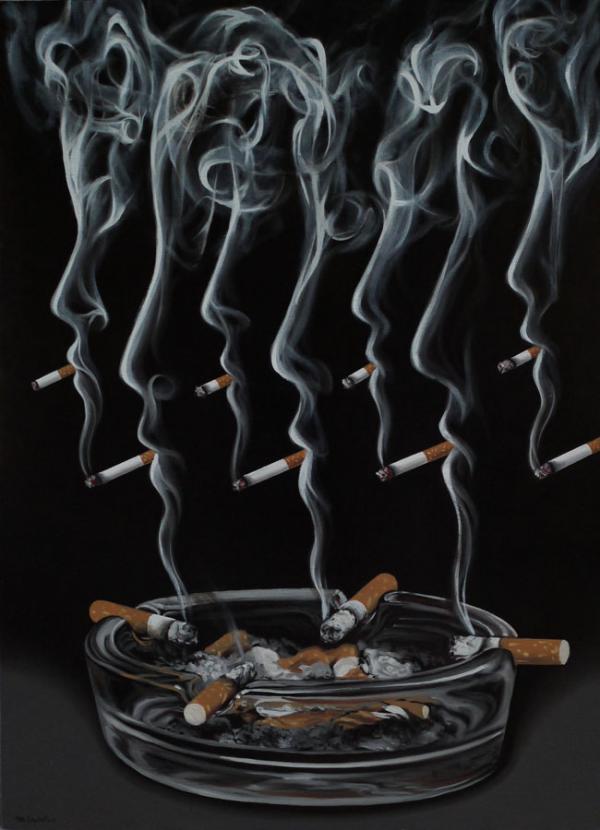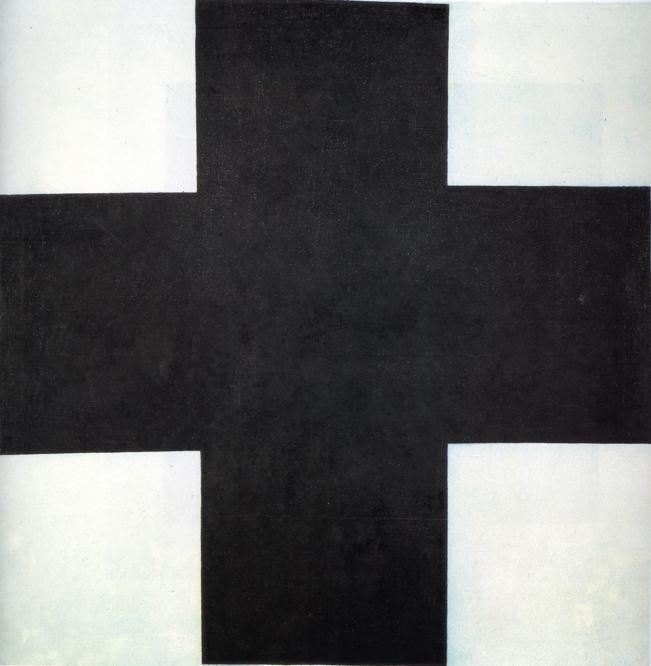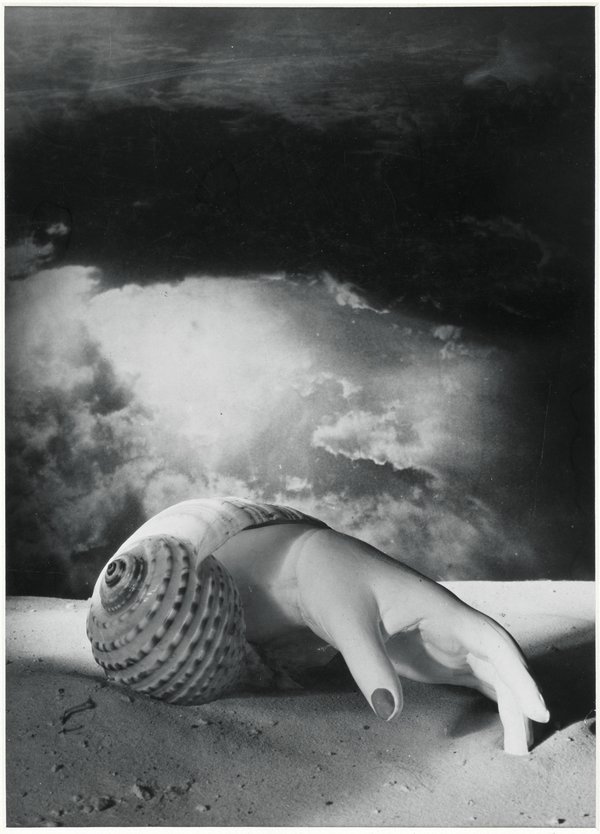This piece of art was produced by Salvador Dali. I like this as it has a balanced composition, I believe it has a a balanced composition as on the left side we are given melted clocks on a big block of some sort of dry material. Then on the other side there's a massive void, which creates contrast in colour, that feels deep and so compliments the heaviness on the opposite side. "The persistence of memory" (title of the piece) was done with oil paints. This impacts on the communication of the artwork by making texture organically. Oil paintings normally have a crisp effect due to the fact that the paints are quite dry. Then this makes the painting we see (below) appear sharp as if the artist could vividly remember this in their head, leading any viewer to think that the artist wanted us to see their idea in a higher quality so that we can also remember the image. This is most likely because they wanted their visual to be clear even if the meaning behind it isn't.
Another artist's
work that I like is "Perpetuance of vice" by Mihai Criste. I am
really into the negative space that shows due to the cigarette smoke. I like
the tone of colours being used as the image feels calm. Scale-wise, they've
added variety in the sizes of the cigarettes which makes the painting less
boring. The painting also has good use of dynamic lines (formed by the smoke). Mihai also uses oil paints (like Salavador). I think their outcomes are both equally high quality and look as if they used careful applications of the brush.
 |
| https://artuk.org/discover/artworks/summertime-number-9a-117801 |










